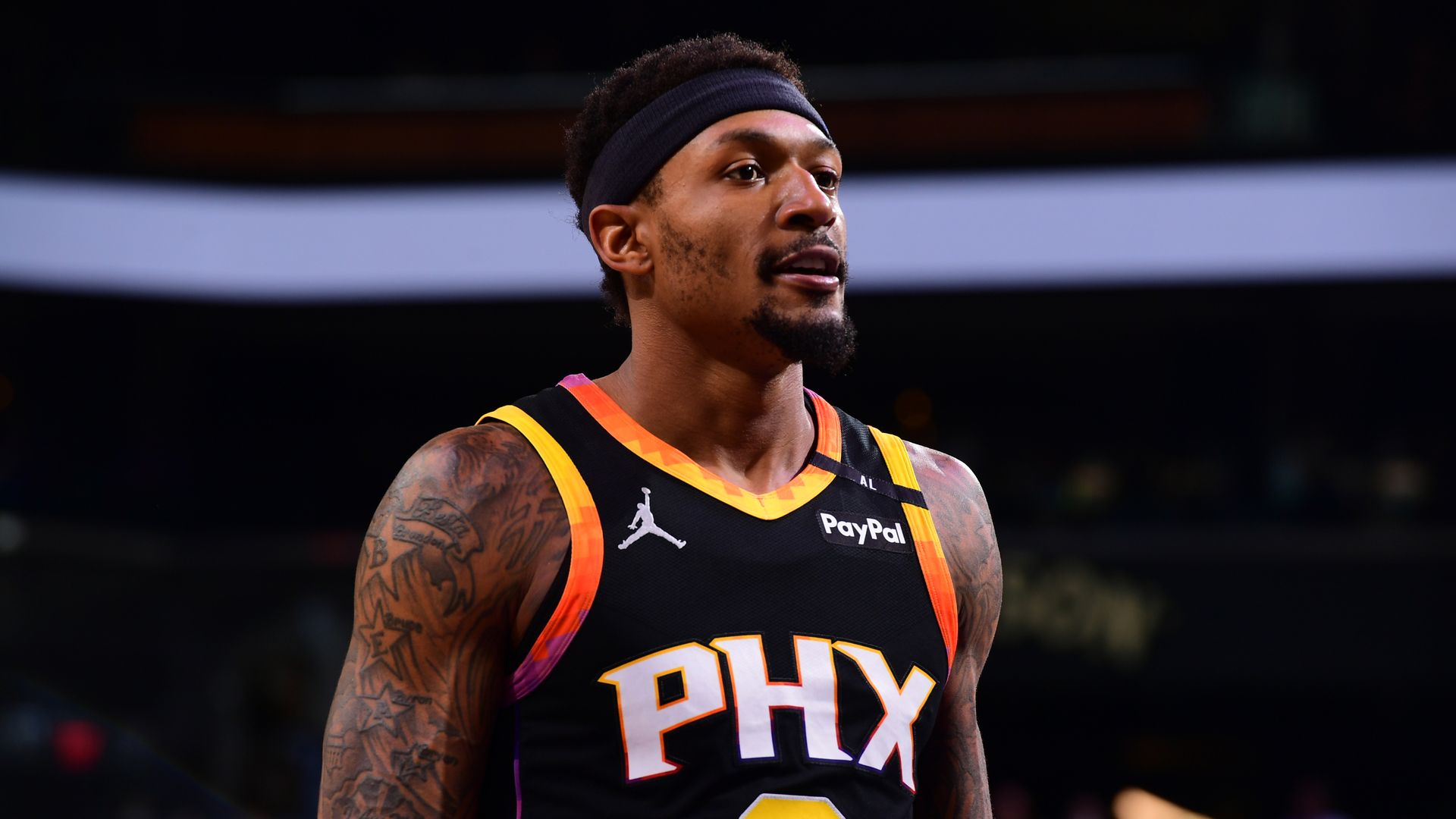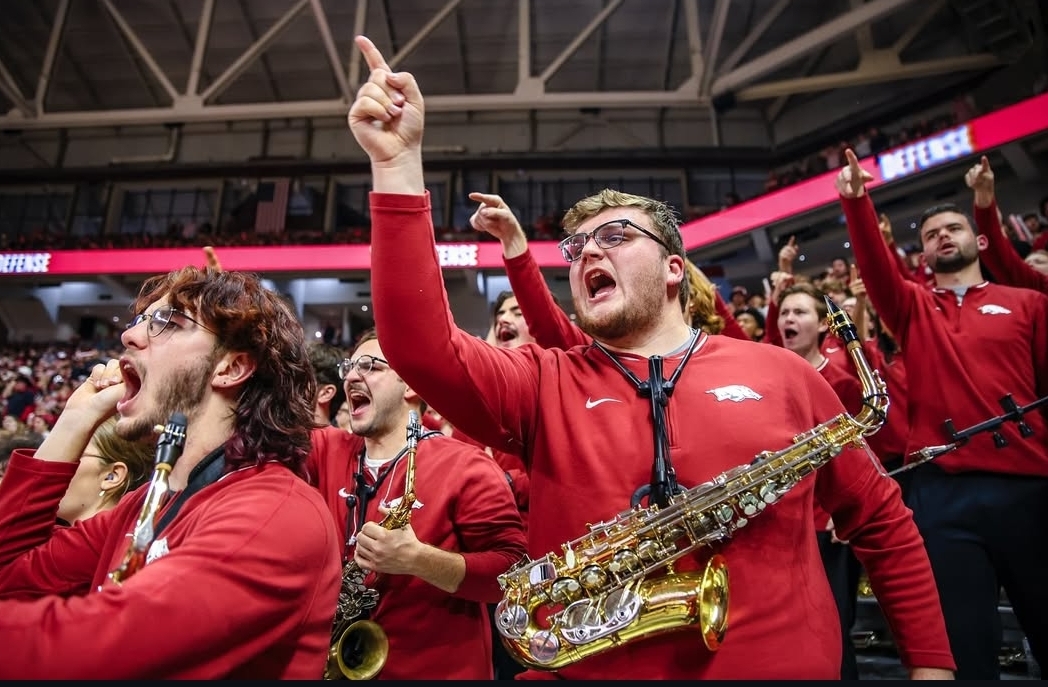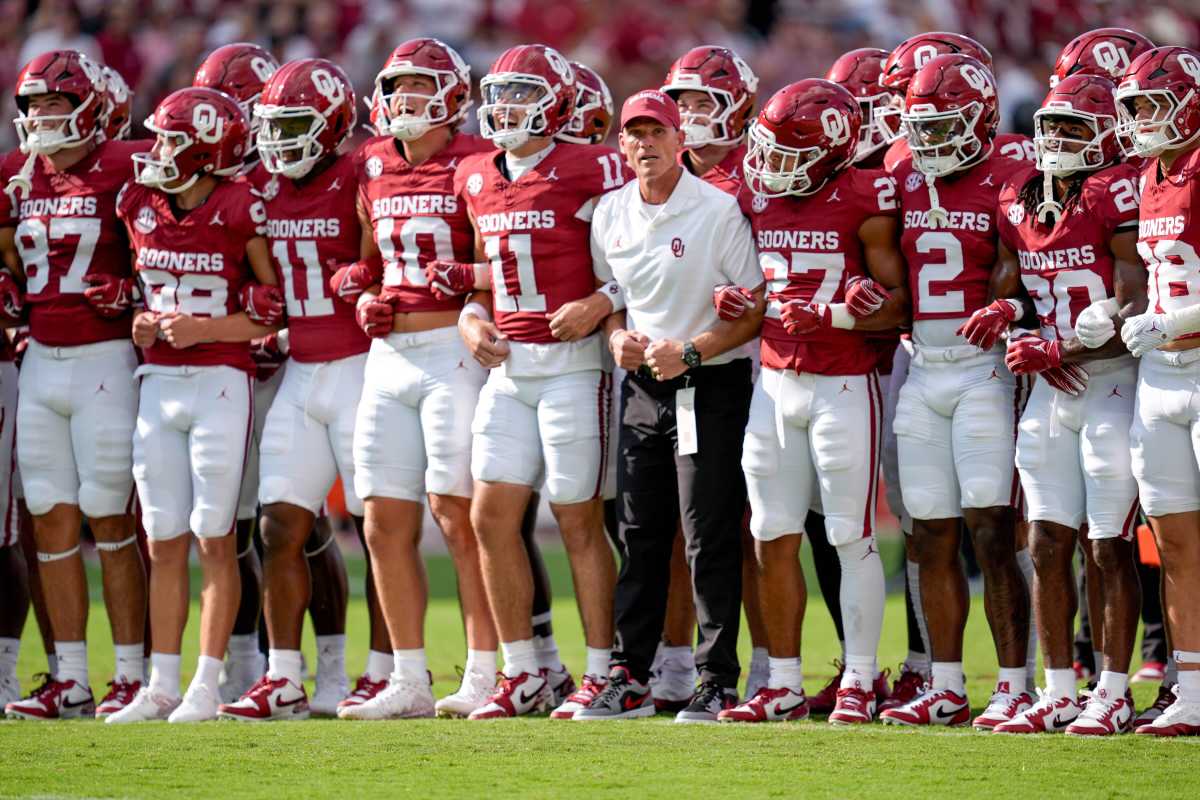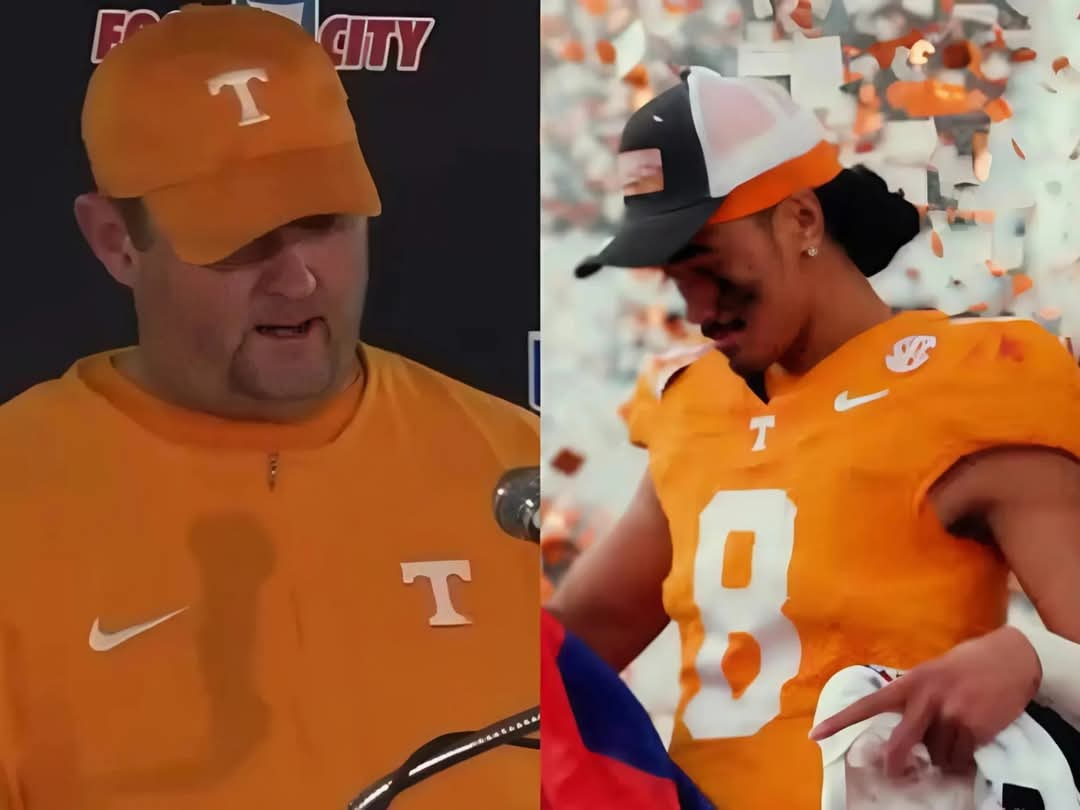Bradley Beal’s departure from the Phoenix Suns is the latest chapter in a major organizational overhaul. The former All-Star guard has agreed to a buyout with the Suns, a move that offers significant financial relief for the franchise and clears the way for Beal to join the Los Angeles Clippers. His exit marks a turning point in the Suns’ attempt to reinvent themselves after a disappointing season despite their high-profile roster.
Beal’s Exit and Financial Terms
Bradley Beal agreed to give back $13.9 million of the $110 million he was owed for the remaining two years of his contract. This buyout figure will be spread over the next five years, according to ESPN. In the immediate aftermath, Beal is expected to sign a two-year, $11 million contract with the Los Angeles Clippers, where he’ll aim to contribute to another contender in the Western Conference.
This move helps the Suns in multiple ways. Most notably, it gives them significant salary cap relief. By offloading Beal’s contract and distributing the buyout amount over five years, Phoenix is now under the NBA’s first and second tax aprons. These financial thresholds were introduced under the new collective bargaining agreement to restrict overly expensive teams from further stacking their rosters. The Suns, who previously had the league’s highest payroll, are now in a better position to construct a more balanced team.
Roster Clarity and Positional Overlap
Beal’s exit also clears up a logjam in the Suns’ backcourt. With Devin Booker already entrenched as the franchise’s cornerstone shooting guard and Jalen Green recently acquired from Houston, Phoenix had an excess of high-scoring, ball-dominant guards. This imbalance made roster construction and offensive cohesion a challenge last season. Removing Beal simplifies the pecking order and gives new head coach Jordan Ott a clearer framework for building offensive schemes.
A Star That Didn’t Fit
The Suns traded for Beal in the summer of 2023, acquiring him from the Washington Wizards as part of a major deal that was supposed to complete their championship puzzle. Teaming Beal with Booker and Kevin Durant created a new “big three” designed to push Phoenix to the NBA Finals. But despite the star power, the chemistry never truly clicked. Injuries, inconsistent defense, and overlapping skill sets plagued the trio, preventing the team from developing a consistent identity.
Beal’s contract also included a no-trade clause — a rare feature in modern NBA deals — which gave him control over potential trades and complicated Phoenix’s ability to adjust midseason. With limited flexibility and an underperforming core, the Suns were left with few options before this offseason shakeup began.
The Bigger Picture: A Full Roster Overhaul
Bradley Beal’s buyout is not an isolated move; it’s part of a broader strategy led by Suns owner Mat Ishbia to recalibrate the franchise after it fell short of postseason expectations. The Suns missed the playoffs altogether this past season, a stunning outcome for a team with the league’s most expensive roster. That failure spurred a full-blown organizational reset.
Last month, the Suns traded Kevin Durant to the Houston Rockets in exchange for Jalen Green, Dillon Brooks, and a valuable first-round draft pick. That pick was used to select Khaman Maluach, a promising center who may become a foundational piece for the future.
In another major change, the Suns parted ways with head coach Mike Budenholzer, who was hired less than a year ago. He was replaced by Jordan Ott, a relatively unknown assistant coach whose hiring reflects the team’s shift toward development, experimentation, and perhaps a more modern approach to game planning.
The New Direction Under Mat Ishbia
When Mat Ishbia purchased the Suns in 2023, he made it clear that winning a championship was the ultimate goal. His early moves reflected an aggressive “win-now” mindset — trading for Durant, bringing in Beal, and betting big on veteran talent. But after just one season, it became clear that this strategy had hit a wall.
The revamped approach now seems to be aimed at creating a more sustainable team structure. Rather than banking everything on aging superstars and bloated contracts, Ishbia appears to be pivoting toward financial prudence, player development, and strategic flexibility. Letting Beal go is a clear acknowledgment that the “super team” experiment didn’t work — and that drastic steps were necessary to right the ship.
What’s Next for Phoenix?
With Beal and Durant gone, the Suns will likely build around Devin Booker as the undisputed centerpiece. Jalen Green, a dynamic scorer with room to grow, is expected to be a key part of the new core. Dillon Brooks brings defensive toughness and playoff experience, while Khaman Maluach adds size and potential in the frontcourt.
The Suns also now have more room to maneuver in free agency and the trade market. With the luxury tax burden reduced, they can explore options for adding depth, acquiring young talent, or even facilitating multi-team trades. Jordan Ott will have the opportunity to shape a new system that isn’t burdened by mismatched star power and oversized expectations.
Clippers’ Bet on Beal
Meanwhile, Beal lands with the Los Angeles Clippers, where he’s expected to fill a significant role on a team still anchored by Kawhi Leonard and Paul George. The Clippers see Beal as a valuable addition who can provide scoring, leadership, and playoff experience. At a reduced salary of $11 million over two years, Beal represents low financial risk and high potential reward for the Clippers.
For Beal himself, this is a chance to reset his career after a rocky tenure in Phoenix and an injury-plagued stretch in Washington before that. A fresh start in Los Angeles — and a likely playoff run — could revitalize his value and give him a shot at finally reaching the NBA Finals.
Final Thoughts
Bradley Beal’s departure marks the end of a failed experiment in Phoenix and the beginning of a new era. While the Suns’ superteam vision collapsed under the weight of financial pressure and poor on-court chemistry, the franchise now appears focused on building a more coherent, sustainable roster.
For Beal, the Clippers offer a new opportunity to contend, while the Suns gain much-needed flexibility and clarity. As Phoenix turns the page, fans can expect a younger, leaner, and more purposeful team taking the court in the 2025–26 season — one that finally reflects the bold leadership of Mat Ishbia and the hard lessons of a turbulent year.



